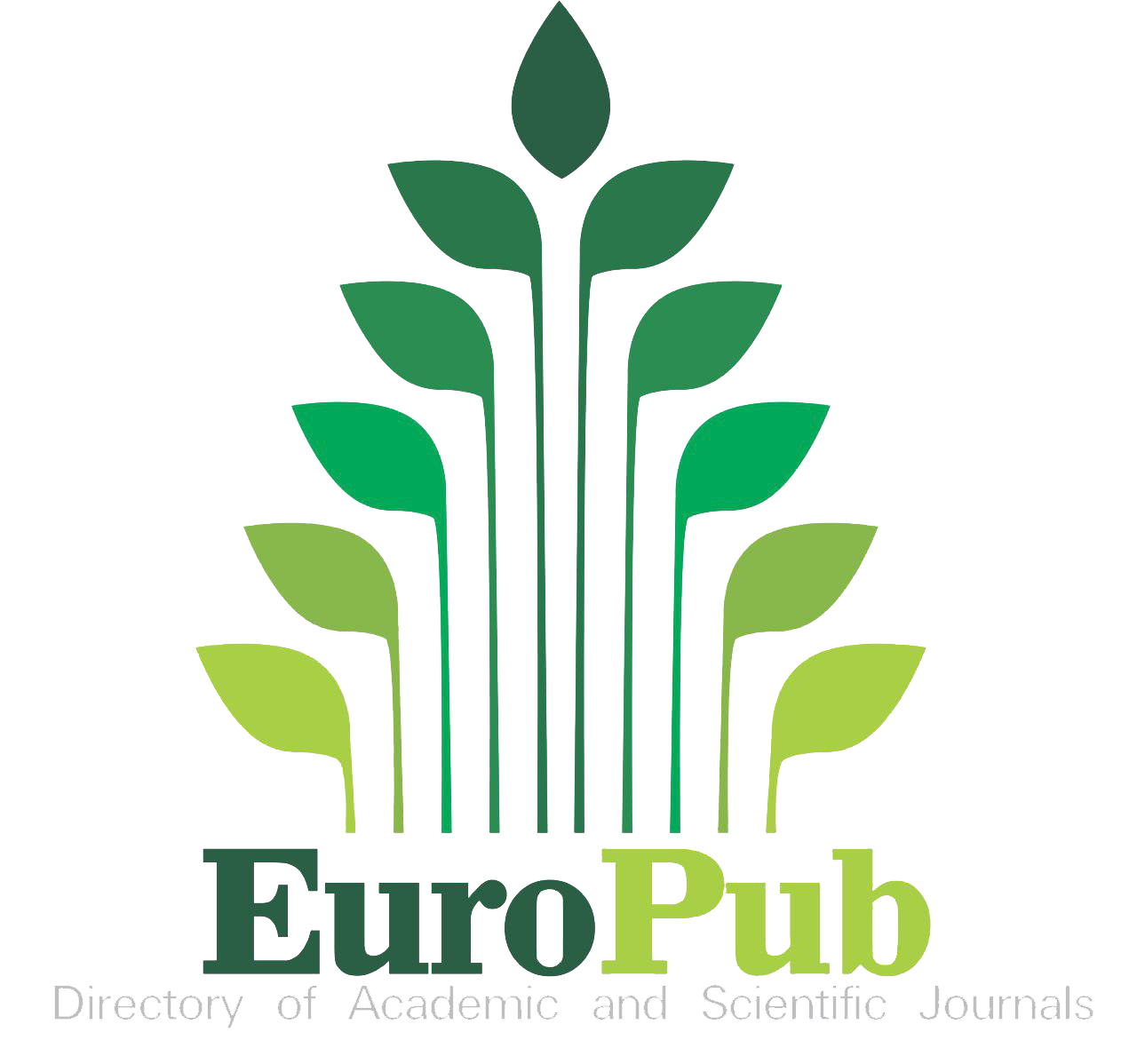Giant distal aneurysm of the middle cerebral artery. Case report
Keywords:
aneurysm, cerebral cortex, craniotomy, hypertension, subarachnoid hemorrhageAbstract
Introduction: cerebral aneurysms are dilations in intracranial arteries caused by a weakening of a segment of their walls. The most dangerous complication is aneurysm rupture, which usually causes subarachnoid hemorrhage. Between 1 and 5 % of the world's population may experience an aneurysm, and one in 10,000 suffers subarachnoid hemorrhage due to a ruptured aneurysm.
Objective: to describe a case of a giant distal aneurysm of the middle cerebral artery, treated with the clipping surgical technique.
Case presentation: a 57-year-old white female patient with a history of high blood pressure for which she was being treated. She suddenly lost consciousness, causing her to fall to the ground and hit her head. After the fall, she developed a motor impairment in her right side of the body. Additional tests were normal. A computed tomography scan of her head revealed a hyperdense image in the left parietotemporal region, surrounded by a halo of increased density, which was reported to represent intraparenchymal blood at that level. The case was studied and surgical intervention was decided upon, with the prior informed consent of the patient and family. A left temporal craniotomy was carried out with dural opening and subarachnoid dissection in the cerebral cortex, where the fluctuating lesion was completely dissected.
Conclusions: in the presented case, the surgical technique of clipping the neck of the aneurysm through microsurgery allowed minimizing postoperative risks and sequelae
Downloads
References
1. Goyenechea-Gutiérrez FF. Lesiones vasculares. En: Goyenechea-Gutiérrez FF, Pereira-Riverón R. Neurocirugía. Lesiones del sistema nervioso. Tomo I [Internet]. La Habana: Ciencias Médicas; 2014. p. 215-238. [citado 14 Mar 2023]. Disponible en: http://www.bvs.sld.cu/libros/neurocirugia_lesiones_sistemanervioso1/neurocirugia_completo.pdf
2. Ramírez-Marroquín RA. Factores clínicos asociados a hemorragia subaracnoidea por aneurisma cerebral roto en el hospital nacional Carlos Alberto Seguín Escobedo, Arequipa 2018-2019 [Internet]. Arequipa: Universidad Católica de Santa María; 2020 [citado 22 Ene 2023]. Disponible en: https://repositorio.ucsm.edu.pe/server/api/core/bitstreams/7b6e0396-3a77-4b89-858a-e82370ced67b/content
3. Pérez-Pérez RM, Rodríguez-Roque D, Arias-Martínez LL, Rodríguez-Villalonga OL. Panorama actual del aneurisma cerebral. Univ. Méd. Pinareña [Internet]. 2018 [citado 12 Oct 2022];14(1):[aprox. 12 p.]. Disponible en: https://revgaleno.sld.cu/index.php/ump/article/view/272/html
4. Vallejo-Saltos VH, Alfonso-Rodas SA. Características del aneurisma cerebral. Una revisión bibliográfica. E-IDEA 4.0 Revista Multidiciplinar [Internet]. 2022 [citado 12 Feb 2023];4(13):34.45. Disponible en: https://revista.estudioidea.org/ojs/index.php/mj/article/download/248/333
5. Galofre-Martínez MC, Ordosgoitia-Morales J, Ripoll-Zapata V, Morales-Núñez MA, Corrales-Santander HR, Moscote-Salasar LR. Manejo neurointensivo de la hemorragia subaracnoidea aneurismática. Rev Cuba Med Int Emerg [Internet]. 2020 [citado 12 Oct 2022];19(3):e523. Disponible en: https://revmie.sld.cu/index.php/mie/article/download/523/pdf
6. Caranci F, Briganti F, Cirillo FL, Leonardi M, Muto M. Epidemiology and genetics of intracranial aneurysms. Eur J Radiol [Internet]. 2013 [citado 12 Oct 2022];82(10):1598-1605. Disponible en: https://www.clinicalkey.es//content/journal/S0720048X13000119
7. Organización Mundial de la Salud. Parte 1. Diez cuestiones de especial interés en las estadísticas sanitarias. En: Organización Mundial de la Salud. Estadísticas Mundiales de Salud 2008. [Internet]. Ginebra: OMS; 2008. p. 8-35 [citado 12 Jun 2022]. Disponible en: https://iris.who.int/bitstream/handle/10665/330645/9789243563596-spa.pdf?sequence=1&isAllowed=y
8. Ministerio de Salud Pública (Cuba). Anuario Estadístico de Salud 2022 [Internet]. La Habana: Dirección Nacional de Registros Médicos y Estadísticas de Salud; 2023 [citado 12 May 2023]. Disponible en: https://files.sld.cu/bvscuba/files/2023/10/Anuario-Estadistico-de-Salud-2022.pdf
9. Dirección General Provincial de Salud. Enfermedades no transmisibles. Ciego de Ávila. 2023; 2023.
10. Dirección General Municipal de Salud. Enfermedades no transmisibles. Hospital General Roberto Rodríguez Fernández. Morón; Departamento de registros médicos y estadística; 2023.
11. Arce-Chariguaman WP, Parra-Quintana JS, Yuniz-Molina NA, Villagrán LE. Abordaje diagnóstico y terapéutico de la hemorragia subaracnoidea. Journal of American Health [Internet]. 2021 [citado 12 Oct 2022]:38-47. Disponible en: https://www.jah-journal.com/index.php/jah/article/view/73/157
12. González-Darder J.M, Pesudo-Martínez J.V, Wiedermann O. Aneurismas cerebrales gigantes. Rev. neurol. (Ed. impr.). 2006;43(6):357-65.
13. Valverde-Zambrano MJ, Mora-Muñoz MM, Calderón-Moreira MC, Sarmiento MJ. Aneurisma Cerebral. Intervención Quirúrgica de Microstent, Indicaciones y Resultados. RECIMUNDO [Internet]. 2019 [citado 25 Dic 2022];3(1):259-86. Disponible: https://recimundo.com/index.php/es/article/view/370/pdf
14. Jaume A, Gil J, Romero M, Negrotto M, Spagnuolo E. Complicaciones del tratamiento endovascular y quirúrgico en las hemorragias subaracnoideas aneurismáticas en Uruguay: análisis prospectivo de una serie de 211 casos. Rev. Méd Urug [Internet]. 2023 [citado 25 Dic 2022];39(4):e201. Disponible en: http://www.scielo.edu.uy/pdf/rmu/v39n4/1688-0390-rmu-39-04-e201.pdf
15. Marín-Contreras F, Vergara-Bengoechea C, Mura-Castro J. Manejo de aneurisma gigante de arteria cerebral media izquierda con revascularización cerebral combinada. Rev. Chil. Neurocirugía [Internet]. 2023 [citado 14 Mar 2023];49(3):136. Disponible en: https://www.revistachilenadeneurocirugia.com/index.php/revchilneurocirugia/article/download/403/244
Published
How to Cite
Issue
Section
License
Copyright (c) 2025 Miguel Antonio Martínez Castellanos, Yaikel Negrin Dominguez, Wilmarys Estrada Gamboa, Ángel Jesús Lacerda Gallardo

This work is licensed under a Creative Commons Attribution-NonCommercial 4.0 International License.
Aquellos autores que tengan publicaciones en esta revista, aceptan los términos siguientes: los autores conservarán sus derechos de autor y garantizarán a la revista el derecho de la primera publicación de su obra, la cual estará de forma simultánea sujeta a una licencia Creative Commons Reconocimiento-No Comercial 4.0 Internacional (CC BY-NC), que permite copiar, reproducir, distribuir, comunicar públicamente la obra y generar obras derivadas, siempre y cuando se cite y reconozca al autor original. Sin embargo, no se permite utilizar la obra original con fines comerciales ni lucrativos.
Los autores podrán adoptar otros acuerdos de licencia no exclusiva de distribución de la versión de la obra publicada siempre que se indique la publicación inicial en esta revista. Se permite y recomienda a los autores difundir su obra a través de Internet antes y durante el proceso de envío, lo cual puede producir intercambios interesantes y aumentar las citas de la obra publicada.




